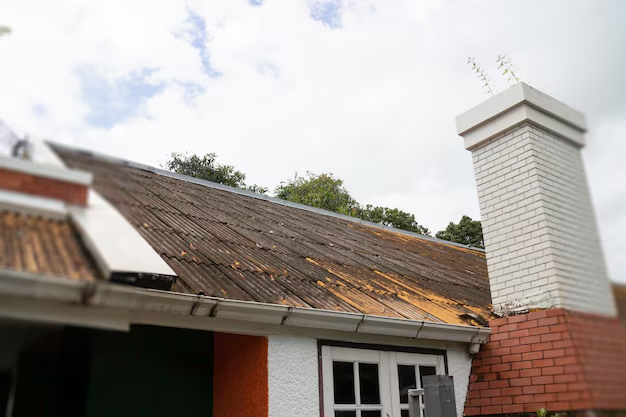The Essential Guide to Installing Roof Shingles
Putting shingles on a roof might seem like a daunting task, but with the right approach and careful planning, it can be quite manageable—even for ambitious DIYers. Whether you're embarking on a complete roofing overhaul or just tackling a small repair, understanding the process is key to ensuring a finished product that's both durable and visually appealing.
Getting Started: Tools and Materials
Before diving in, gather the necessary tools and materials. You'll need shingles, roofing nails, a hammer, a tape measure, a chalk line, a utility knife, and a roofing harness for safety. Ensuring that you have all your supplies prepared will save you from inconvenient trips to the store mid-project.
Prepare the Roof Surface
Clean the Roof: Ensure the entire surface is clean and dry. Remove any old shingles and nails, sweep away debris, and check for any damage to the roof decking. Repair any damage before proceeding.
Install Underlayment: This provides an additional layer of protection against moisture. Roll out the underlayment from the bottom edge of the roof upwards, overlapping each layer by about six inches. Secure it with roofing nails.
Laying the Shingles
Start with the Starter Strip
A starter strip provides the foundation for the first row of shingles. Cut off the tabs from a shingle and install this strip along the eave (the roof edge), with the adhesive strip along the edge. This helps prevent wind from lifting the shingles.
Lay the Shingles
First Row: Begin at the bottom edge of the roof. Align the first shingle with the starter strip and nail it in place using four nails per shingle, positioning them near the adhesive strip but away from visible seams.
Check Alignment: Use a chalk line to guide your rows and ensure that shingles are straight. Overlap subsequent rows of shingles over the previous row to create a staggered effect—this is achieved by offsetting the shingles half a tab.
Nail Placement: Ensure nails are placed correctly to prevent future shingle loosening and ensure water tightness. This strategic nailing pattern locks the shingles into position.
Continue to the Ridge: As you progress up the roof, maintain pattern consistency and row alignment. Once at the ridge, use ridge shingles to cap and secure the top.
Final Inspection
Once you've finished laying all shingles, inspect the roof for any loose or misaligned shingles and make necessary adjustments. Proper inspection ensures longevity and performance of your new roof.
Maximizing Your Investment
A new roof is a significant investment. While labor costs can be minimized through DIY efforts, material and maintenance expenses can still be hefty. This is where financial assistance programs and resources can help ease the load.
Here's a roundup of resources to consider if you're dealing with roofing costs:
🏡 Government Assistance Programs: Look into local or federal programs that offer financial support for home improvements, sometimes specifically for energy-efficient roofing.
💳 Credit Card Solutions and Loans: Explore credit offerings with manageable interest rates for large purchases or renovations. Some home improvement loans provide flexibility for extensive projects.
📚 Educational Grants for Energy Efficiency: Certain programs offer grants for upgrading to energy-efficient options that can reduce future utility bills.
🔨 Community Development Block Grants: Some communities offer grants or zero-interest loans funded by HUD for essential home repairs.
Take advantage of these tools to not only address your roofing needs but to enhance your home's value and efficiency. With some planning and the right resources, you can weatherproof your home smartly and affordably.
